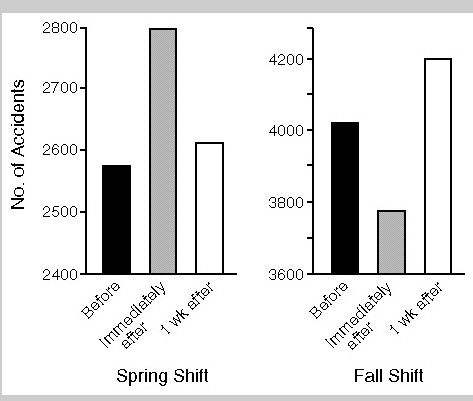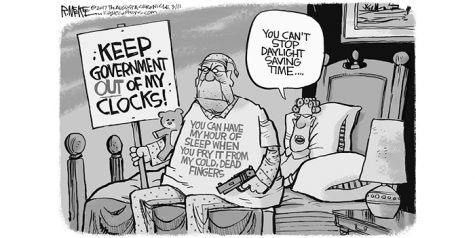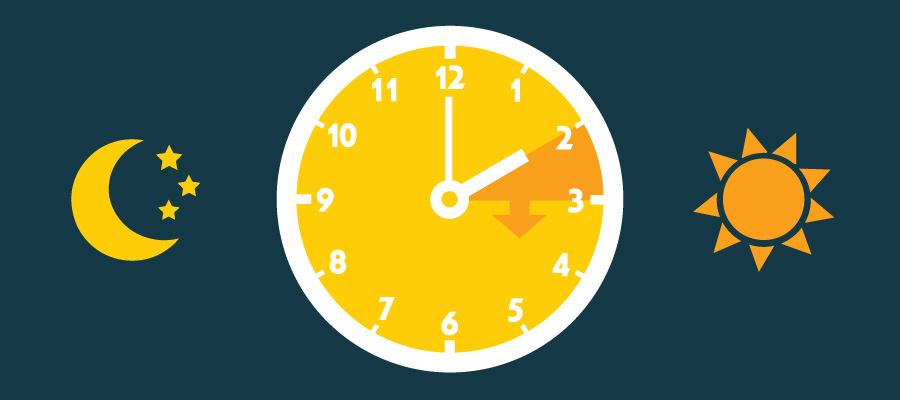Why is the Switch to Daylight Savings Time Still A Thing?
February 10, 2020
We “spring ahead” and “fall back” every year as we change standard time with intent to save, or make better use of natural light. However, in the past several years, many people are wondering why this is still a thing.
During daylight savings time, or DST, clocks are turned ahead one hour, so that the sun rises earlier in the morning and sets later in the evening. The change is reversed in autumn, so the sun rises later in the morning and sets earlier at night. This concept was introduced by entomologist George Hudson in 1895, who proposed a two-hour time shift so he could have more post-working hours of sunlight to go bug hunting during summertime.
In 1966, President Lyndon B. Johnson signed the Uniform Time Act, which declared that Daylight Savings Time would begin in the United States during the last Sunday of April and end on the last Sunday of October.
About 100 million Americans were observing some kind of daylight savings through federal, local, and state laws in the 60’s. However, since then, a public debate has risen over the necessity of DST.

Some individuals argue that the springing ahead of our clocks has caused increased sleep debt. As humans, our sleep cycles are determined by our natural circadian rhythm, which is affected by the amount of sunlight that you receive throughout the day. Thus, when the clocks switch, and our circadian rhythms are disrupted, sleep deprivation happens. Even in spite of the extra hour of sleep we get in the fall, this can seriously impact our sleeping schedules. The sleep disruptions that occur from DST are incredibly harmful to your body. The time shifts are associated with an uprise in strokes and heart attacks, as well as a rise in car incidents.
When drivers head onto the roads on the morning after daylight savings goes into effect, they have a bit of moderate sleep deprivation, which causes them to have cognitive and motor impairment that’s equal to having a blood-alcohol level of 0.05%, making them very drowsy. Sadly, those traffic accidents can even include cars and bus drivers hitting young students who are walking to their bus stops or standing at them during the dark, early morning hours.

In addition, daylight savings is presumed to have ties to mental health. Sleep deprivation can cause or heighten many issues, including depression, anxiety, ADHD, and bipolar disorder. There has also been a noticeable spike in suicide rates following time shifts in the fall in comparison with the rest of that season.
A recognizable term you might notice once daylight savings hits is seasonal depression, aka, “seasonal affective disorder” (SAD), or, the “winter blues”. This is a form of depression that occurs seasonally, most prevalently during the winter. Some people have made seasonal depression out to be made up or blown out of proportion, because winter is a rough time for most people. With temperatures dropping and people having to bundle up–this can cause anyone to feel out of the ordinary. Yet, when SAD takes over your life, it can cause conflicts with your grades, friendships, and overall mood – it becomes a major problem. Here at Birmingham, plenty of students struggle with SAD.
So, if throughout the country, the safety and happiness of many people are at risk, why do we keep setting our clocks back?



